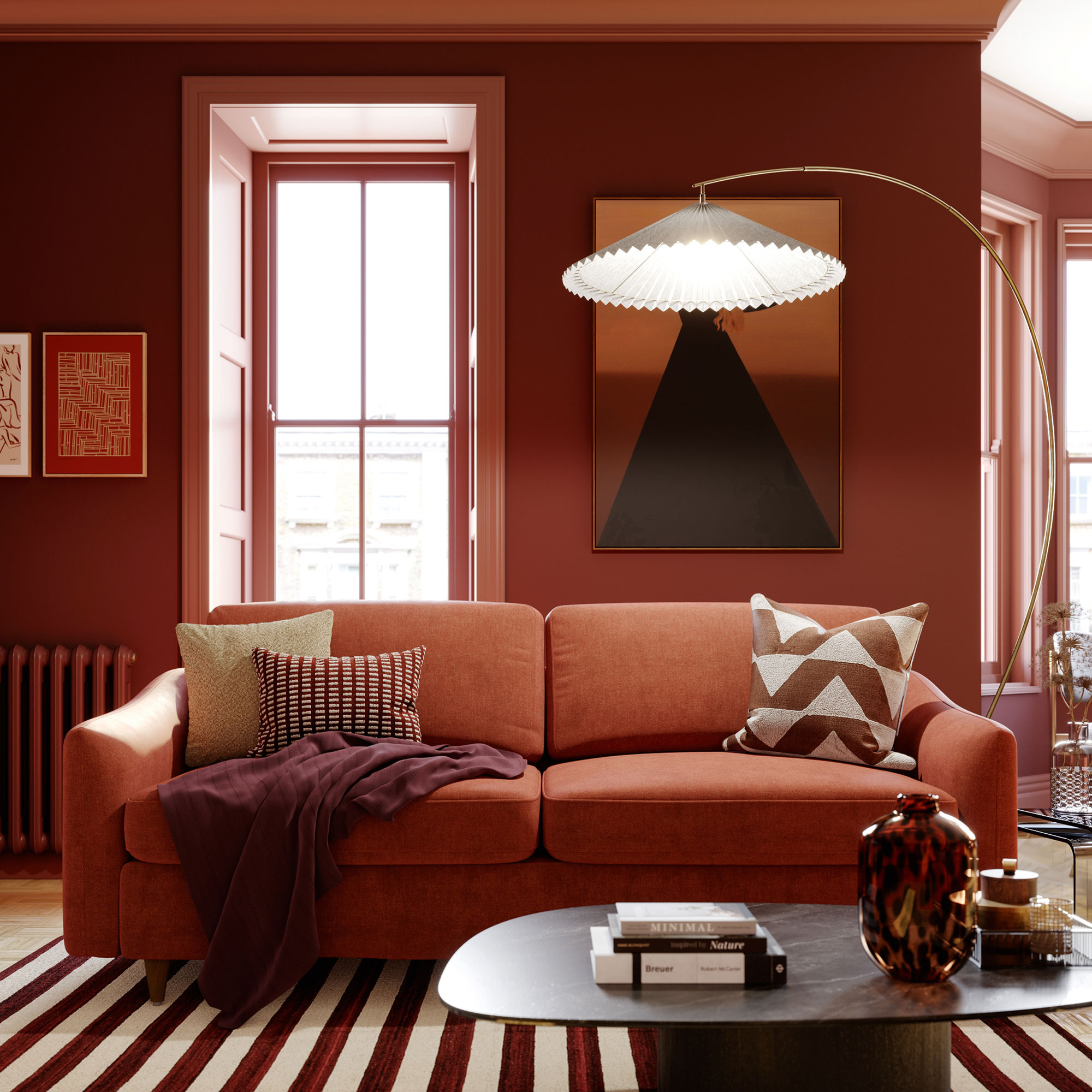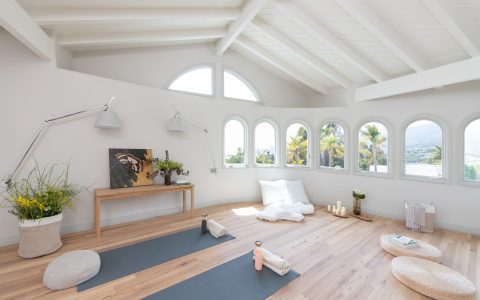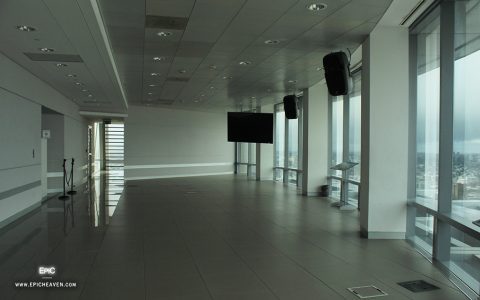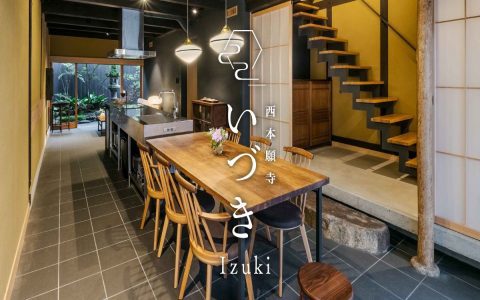Terracotta, meaning "baked earth" in Italian, is a clay-based unglazed ceramic that has been used for millennia. When applied to furniture, terracotta offers a unique blend of rustic charm, earthy aesthetics, and inherent durability. This material can be molded into various forms, making it suitable for a range of furniture pieces, particularly for outdoor and transitional spaces.
Characteristics and Benefits of Terracotta Furniture
Terracotta furniture possesses several distinct characteristics that contribute to its appeal:
- Natural Aesthetics: Its characteristic warm, reddish-brown hue brings an organic, earthy feel to any environment. The final color can vary depending on the clay source and the specifics of the firing process.
- Durability: When properly fired to a high temperature, terracotta is robust. For furniture applications, sealing or glazing enhances its resistance to outdoor elements, though it can be susceptible to chipping from sharp impacts.
- Porosity: Unglazed terracotta is naturally porous. While beneficial for plant pots (allowing roots to breathe), for furniture, sealing is crucial to prevent water absorption, frost damage, and staining.
- Thermal Properties: Terracotta tends to remain cooler to the touch than metal or dark-colored plastic furniture when exposed to direct sunlight, enhancing comfort.
- Versatility in Design: Clay's malleability allows terracotta to be shaped into simple, sculptural forms or more intricate, detailed designs, catering to diverse stylistic preferences from minimalist to traditional.
- Eco-Friendly Aspect: As a natural earth-based material, terracotta can be a more sustainable choice compared to some synthetic furniture materials, especially when sourced responsibly.
Common Applications and Types
Terracotta is predominantly utilized for outdoor or garden furniture, yet its application can extend to indoor settings, especially when designs are refined and appropriately finished.

- Tables and Bases: Terracotta can form substantial and decorative bases for tabletops made of materials like glass, wood, or stone. Smaller side tables or coffee tables crafted entirely from terracotta are also prevalent.
- Stools and Benches: Solid terracotta stools, cubes, or benches provide unique, sculptural seating options. These can be unadorned or feature surface textures and patterns.
- Modular Elements: Some contemporary designs feature terracotta modules that can be arranged to create bespoke seating or landscape features.
- Integrated Planters: Furniture pieces, such as benches or table bases, may incorporate built-in planters, merging functionality with biophilic design.
It is important to acknowledge that larger solid terracotta furniture pieces are typically quite heavy, which impacts their portability and requires consideration for placement.
Care and Maintenance
Diligent care is essential to preserve the longevity and aesthetic quality of terracotta furniture:
- Sealing: For most furniture uses, especially outdoors, applying a quality sealant is vital. This protects against moisture penetration, staining, and freeze-thaw cycle damage. Reapplication may be needed periodically.
- Cleaning: Routine cleaning should be done using a soft brush or cloth with mild soap and water. It is important to avoid harsh chemical cleaners and abrasive scouring pads.
- Frost Protection: In climates experiencing freezing temperatures, terracotta furniture (even sealed) is at risk. It is highly advisable to cover pieces securely or move them indoors or to a sheltered location during winter.
- Impact Avoidance: Handle terracotta pieces with care to prevent chipping or cracking, as they can be brittle compared to metal or solid wood. Avoid dropping heavy objects onto surfaces.
Considerations Before Purchasing
Before investing in terracotta furniture, evaluate the following factors:
- Weight and Stability: Given their substantial weight, ensure the intended location can support the furniture and consider if frequent repositioning will be necessary.
- Climatic Conditions: In regions with significant rainfall or freeze-thaw cycles, prioritize high-quality, well-sealed terracotta, and be prepared for diligent seasonal protection.
- Finish and Porosity: Understand whether the piece is unglazed, sealed, or glazed. For most furniture, a sealed or glazed finish offers better durability and ease of maintenance.
- Source and Craftsmanship: The quality of the clay and the firing technique significantly influence the furniture's strength and lifespan. Opt for pieces from reputable manufacturers or artisans.
Terracotta furniture provides a distinctive material option, infusing spaces with warmth, natural elegance, and a timeless quality. While it necessitates specific care relative to its material properties, its robust character and unique aesthetic appeal make it a valuable consideration for creating memorable and earthy environments.






